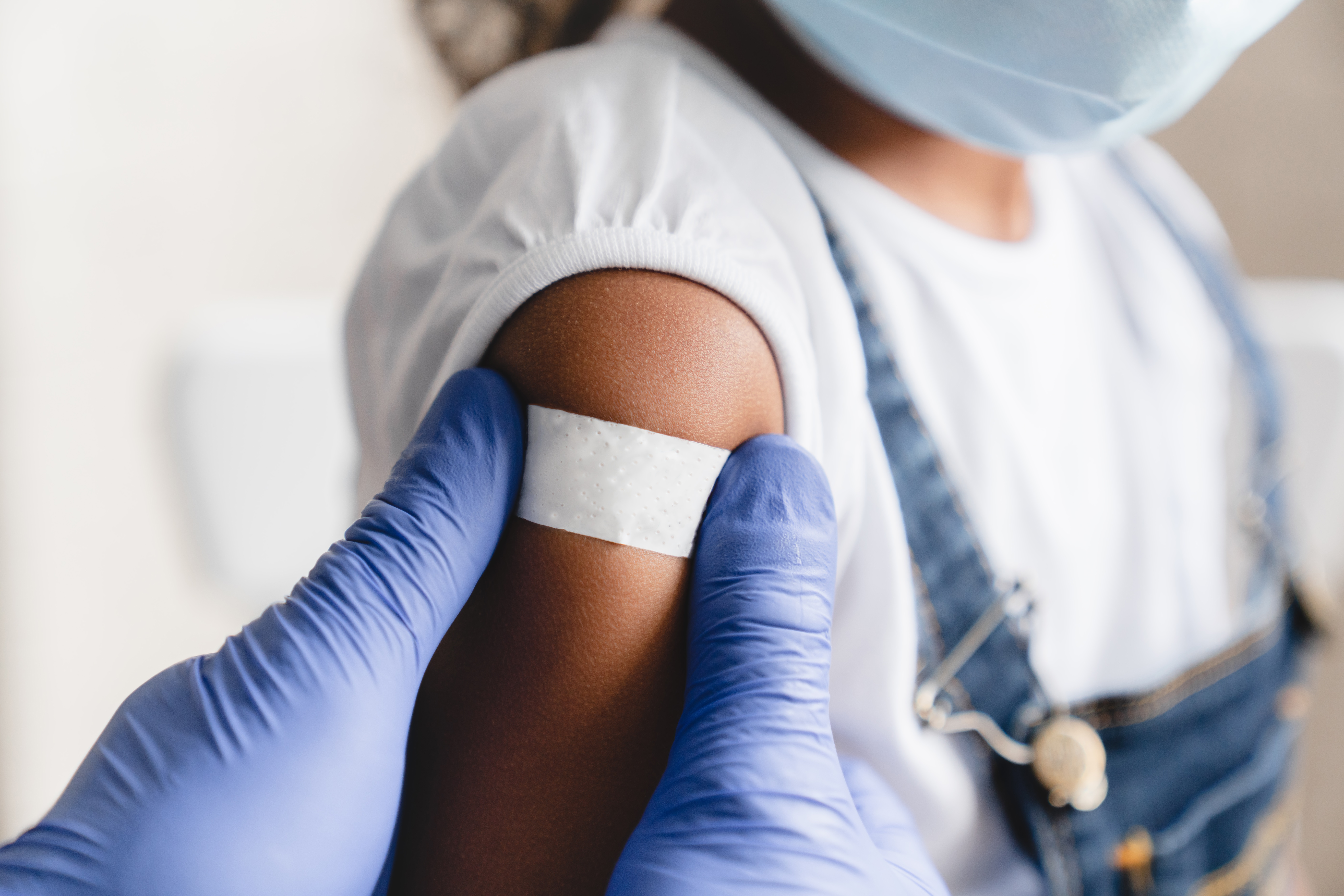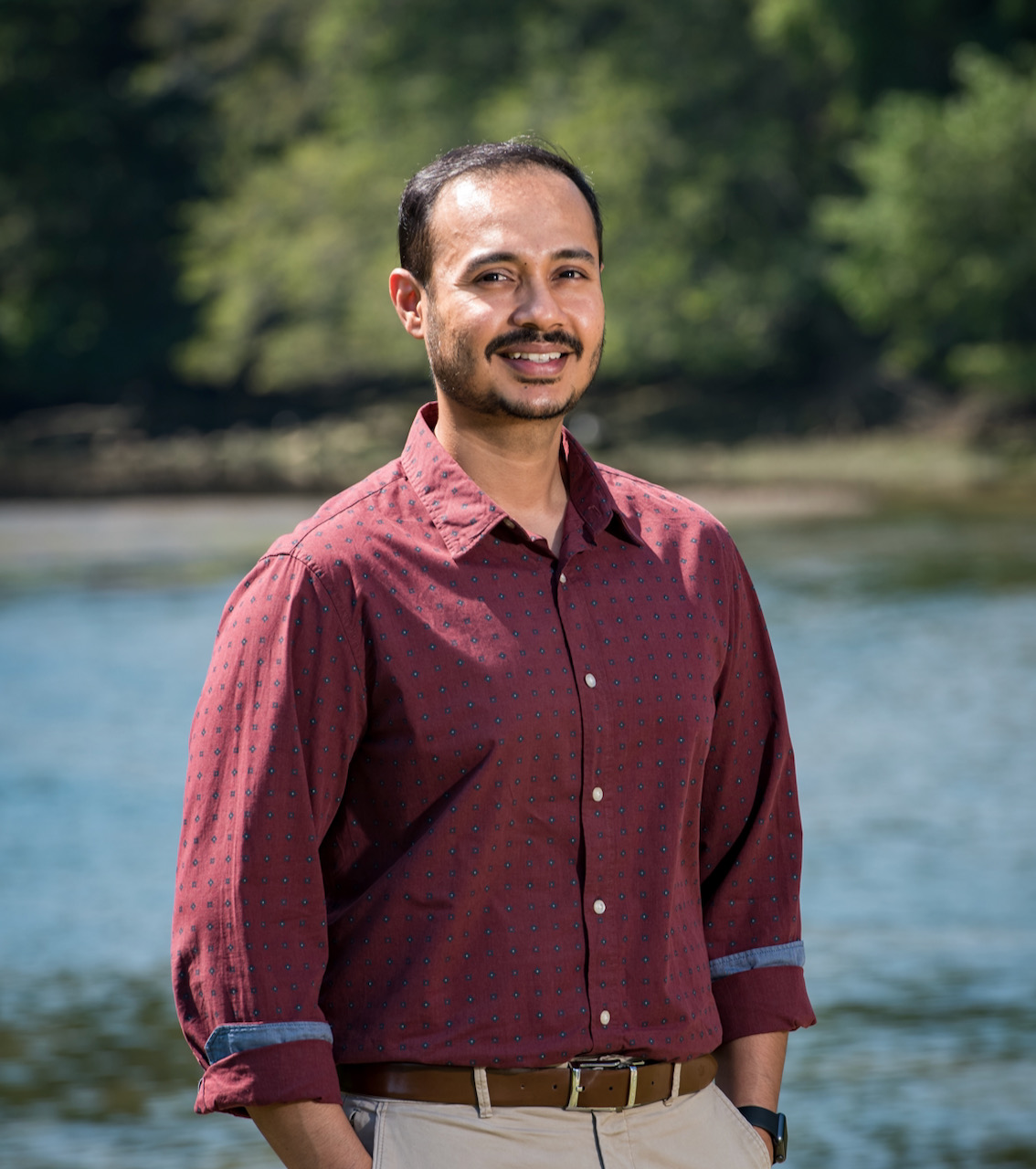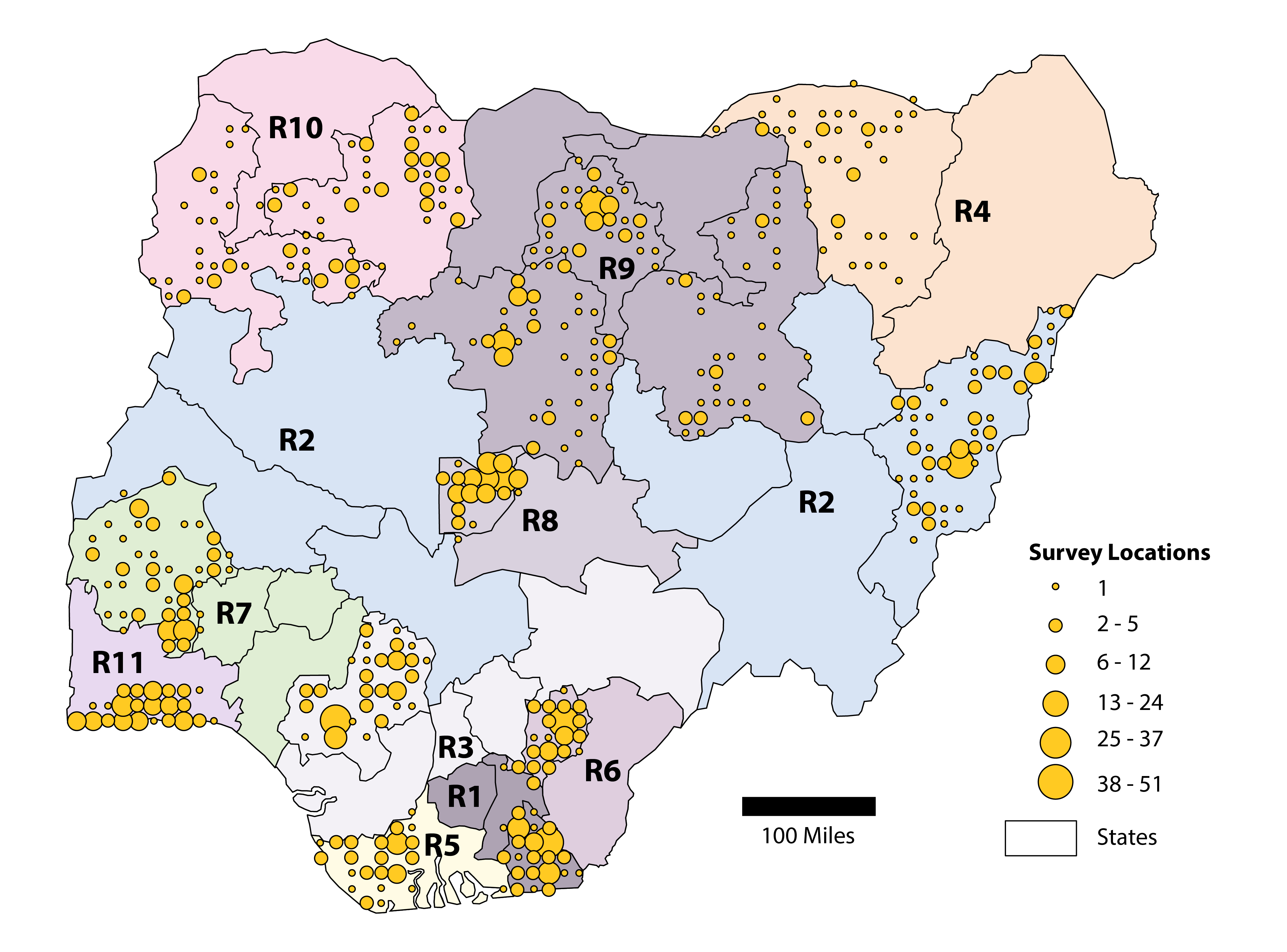FAU researchers and collaborators provide the most updated guidance to health care providers and urge how widespread vaccination with these boosters can now avoid the specter of future and more lethal variants becoming a reality.

news, journals and articles from all over the world.

FAU researchers and collaborators provide the most updated guidance to health care providers and urge how widespread vaccination with these boosters can now avoid the specter of future and more lethal variants becoming a reality.
A recent case of polio in the U.S. sounds the alarm for more vaccination.
“For too long, we’ve falsely assumed that polio has been eradicated in the U.S.,” says Katherine Foss, a professor and associate director of the School of Journalism & Strategic Media at Middle Tennessee State University. However, no cases doesn’t mean the virus has been eradicated, especially with polio still existing in the world.

With the recent outbreak of polio in Rockland County, New York, how important is monitoring a community’s wastewater to determine where a possible pandemic or healthcare issue may be occurring or originating? Stony Brook University Research Associate Professor & Associate…
Sandra A. Kemmerly, MD, MACP, FIDSA joined the Ochsner staff in 1988 and is board certified in both internal medicine and infectious diseases. She maintains an active practice and is the clinical lead for Ochsner Healths Covid response in addition…
Dr. Baumgarten currently serves as Medical Director of Infection Control and Prevention for Ochsner Health since 2008, during which time she been involved in preventing transmissible diseases in the Ochsner System and our community. Over the past two years, she…
Launched in 1988, the Global Polio Eradication Initiative (GPEI) stands out as one of the largest, internationally coordinated global public health major projects conducted to date, with cumulative spending of over $16.5 billion for 1988–2018, according to the World Health Organization (WHO). More than 30 years later, stubborn outbreaks of wild poliovirus still occur in Afghanistan and Pakistan, where cases have been increasing since 2018. The global eradication of polio continues to be an elusive goal.

ORNL story tips: Remote population counting, slowing corrosion and turning down the heat